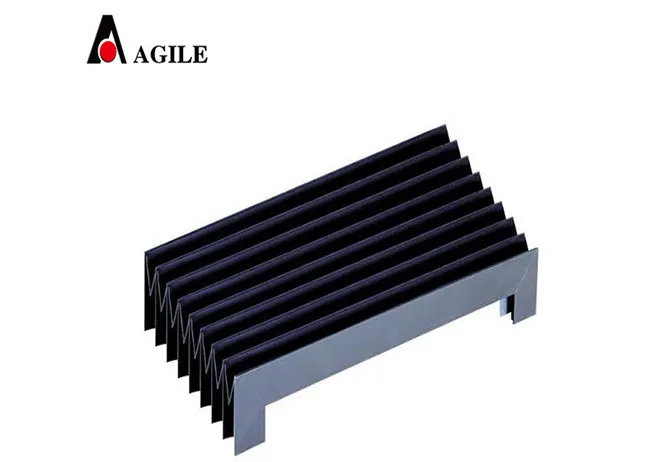cable track
Exploring the Importance of Cable Tracks in Modern Industries
In today’s fast-paced industrial environment, the efficient management of power and data transmission is critical. One of the unsung heroes of this process is the cable track, an essential component in various sectors, from manufacturing to entertainment. A cable track, also known as a cable carrier or drag chain, is a system designed to guide and protect flexible cables and hoses to prevent tangling, wear, and damage. This article delves into its importance, applications, and benefits.
Cable tracks serve several pivotal functions in industrial applications. Firstly, they facilitate organized routing of power and control cables, ensuring that cables are kept clear of obstacles and potential hazards. This organization is particularly crucial in dynamic environments where machinery moves frequently, such as assembly lines and robotic automation. By managing cable movement, cable tracks help maintain a smooth workflow, minimizing downtime caused by cable entanglement or damage.
One of the industries benefiting significantly from cable tracks is the manufacturing sector. In factories with automated machinery, cable tracks keep power and control cables safe as robotic arms and conveyor belts operate in close proximity. This not only protects the cables from wear and tear but also enhances the safety of workers, as it reduces the risk of accidents caused by tripping over loose wires.
cable track

The entertainment industry also relies heavily on cable tracks, particularly in theaters and concert venues. Stage lighting and sound equipment often require extensive cabling that needs to be moved and adjusted quickly during productions. Cable tracks enable this flexibility by allowing the easy re-routing of cables during setup and minimizing the risk of cable damage or accidental disconnections during performances. With reliable cable management systems, show producers can focus on delivering high-quality experiences to their audiences without the fear of technical mishaps.
In terms of benefits, cable tracks enhance durability and longevity. By providing a protective casing and keeping cables organized, they significantly reduce wear caused by repetitive motion. This can lead to increased equipment lifespans and reduced replacement costs over time. Furthermore, cable tracks can often be customized to fit specific applications, accommodating various cable sizes and types to enhance versatility.
Sustainability is an increasingly important consideration in industrial design, and cable tracks contribute positively to this aspect as well. By prolonging the life of cables and reducing the need for frequent replacements, companies can lessen their environmental impact. Additionally, some modern cable tracks are made from recyclable materials, aligning with eco-friendly manufacturing practices.
In conclusion, cable tracks play a vital role in modern industries, ensuring efficient operations and contributing to safety, organization, and sustainability. Their ability to protect and manage cables effectively is invaluable in dynamic environments like manufacturing facilities and entertainment venues. As technology continues to evolve, the significance of cable tracks is likely to grow, further solidifying their place as essential components in industrial infrastructure. As industries move toward more automated and complex systems, investing in quality cable management solutions will undoubtedly yield greater benefits in efficiency and safety.








